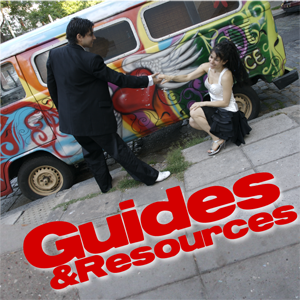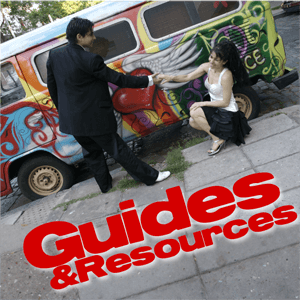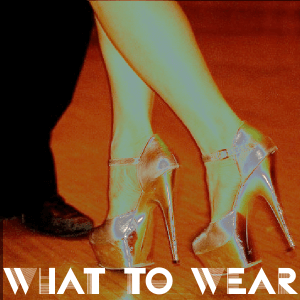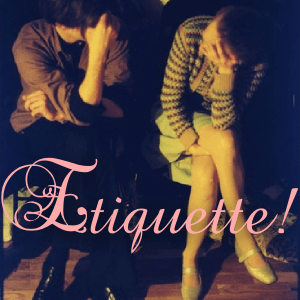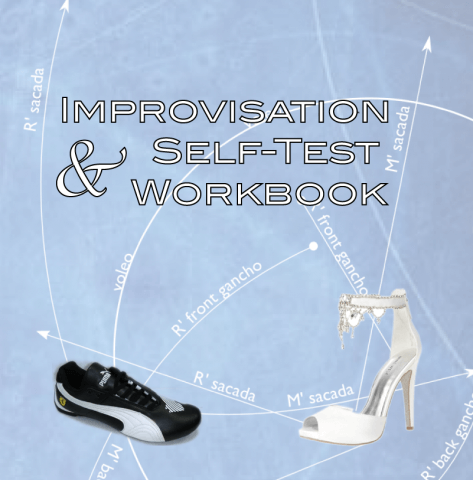Through years of study and practice I have developed the TangoForge technique. Like many teachers, I offer students “systems” for learning.
Since many teachers have developed some kind of personal system for teaching tango, students are rightfully confused.
It is possible to create many different systems for describing the same thing. Each of these systems could serve a different purpose, like technical drawings from different perspectives, or codes for different departments to access the same database for different purposes.
Across all the different TangoForge educational tools, we use two systems:
- The 5 Biomechanical Tools for understanding technique
- The Lexicon of Tango Elements and their systems of improvisation
My systems are built with one primary purpose: To Empower students.
All the students, not just the talented ones.
My operational definition of “empowerment” is to DISTILL tango information
so that it is available now, understandable, logical, memorable, and useful.

Here are the methods I use to distill:
Whenever they are valid*, stay with customary terms, the minimum number of common Castellano words for the elements.
Do not abstract things to a point where they are unrecognizable.
Example: Some teachers respond to my Lexicon of 25 elements by saying “there are only 5 elements of tango”. This level of intellectualism is opaque and intimidating to students who see much more than five things and who are invited to classes with far more than 5 topics.
The TangoForge Lexicon of 25 elements are the minimum meaningful number of elements which are irreducibly distinct and which together describe what we can see being used in tango. I do not believe there are any elements missing, and I do not believe that any of these can be eliminated without excessive abstraction which would no longer be empowering to the student.
Where the Castellano is confusing, improve the system with minimal intervention:
Example: cross (the movement) and cross-system needs intervention.
When a new concept is needed, turn to science, not a personalistic abstraction.
To disentangle the two crosses, I used the science of animal gaits to describe walking systems. Cross-system is “trotting”.
To develop a biomechanics system I use anatomical terms, joints and muscles that students can study and train with any exercise system.
Don’t leave useless shibboleths standing around.
No one can find their “axis”, let’s talk about things they can find. (*This is an example of a custom which is invalid.)
“Disassociation” is used wrongly to describe natural movements of the associated body. It should only be used for situations in which body parts are indeed dissociated, like Mark’s adornos.
Avoid proliferating new terms. This should be done only when there is a compelling opportunity to improve students’ experience.
I have generated “arch of connection” to replace “axis” with something students can see and find. The name came organically from students’ experience and descriptions.
The only nonintuitive terms I use are either scientific, “co-contraction”, or profoundly necessary, such as renaming the roles from Lead to Mark and from Follow to Revel. Here’s why and how I did this.
The result of these systems are that my students understand the entire pedagogy after a few months of training, can wield it when I ask them to analyze a movement, and can help one another.
The TangoForge KnowledgeBase is a hyperlinked encyclopedia of tango movements and technique. It tracks terms that I have disambiguated and deprecated.
The TangoForge video MasterCourse explains the biomechanics and systems of improvisation of every Element.

